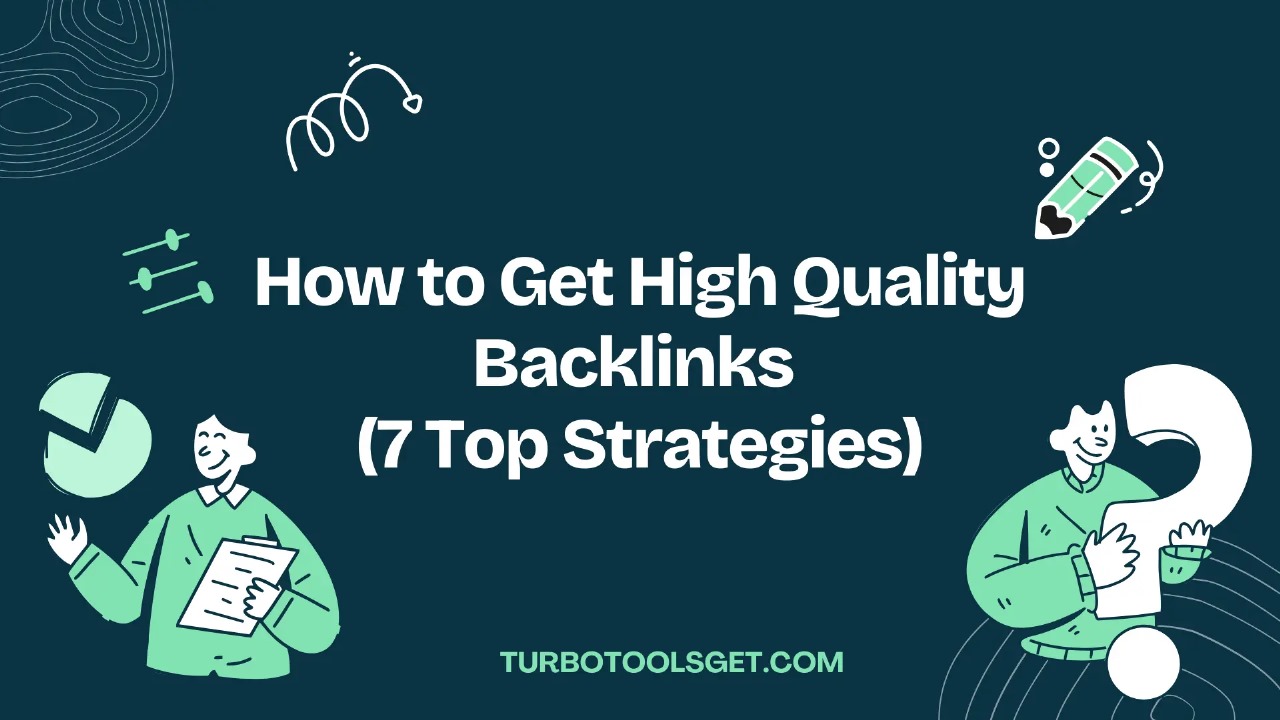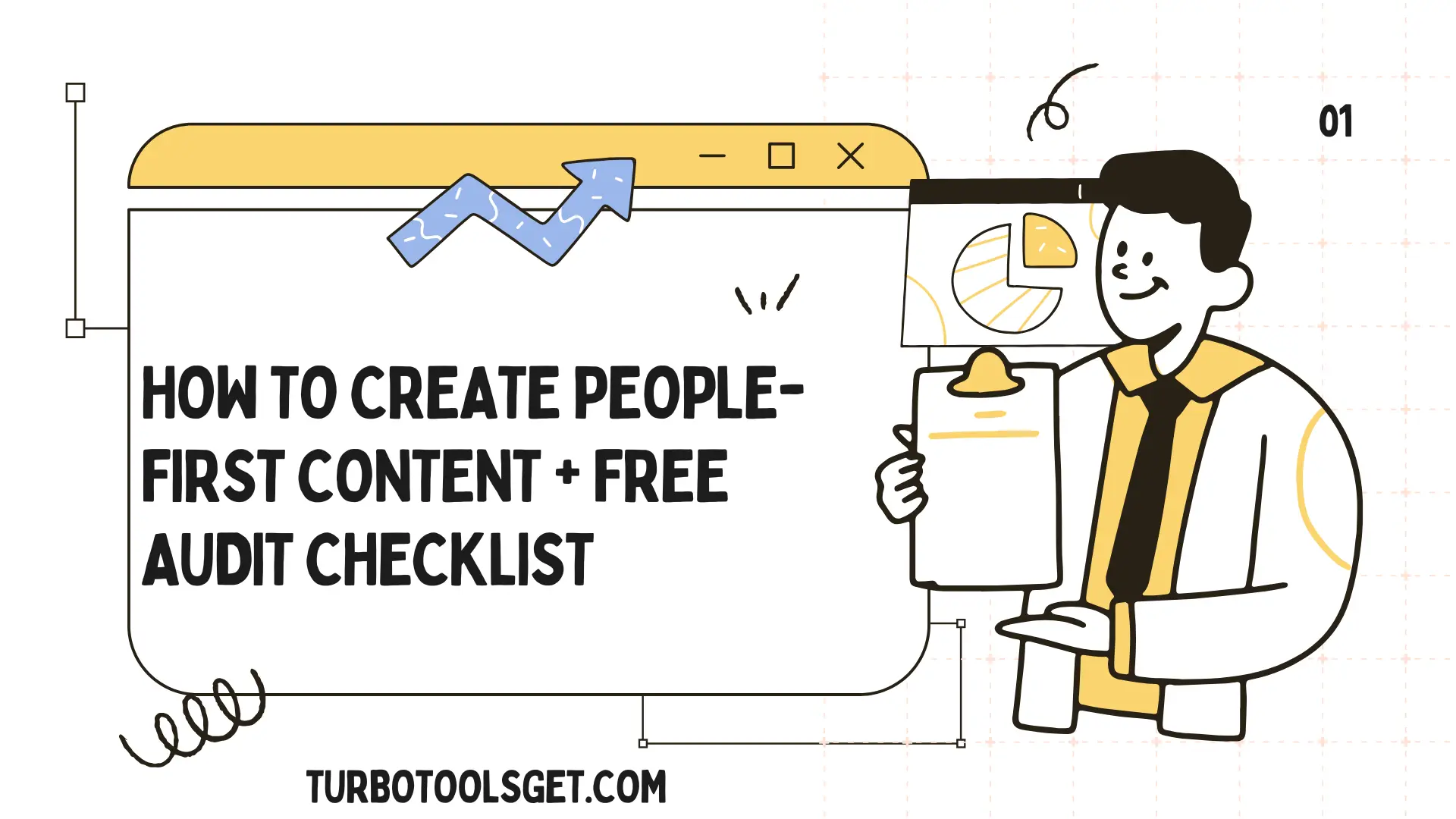What are 3 types of web development

All the complexity in this domain can be categorized into three foundational pillars — frontend development, backend development, and full-stack development. They all serve in their own right in creating the end product we as per developers use day-to-day, thus to get a little bit of idea of what is happening in the current digital landscape, we need to understanding their key responsibility.
Table of Contents
Front End Development: The User’s First Impression
Front-end development : also known as client-side development — focuses on building the user interface (UI) and user experience (UX) of a website or web application. The interface is what the users interact with – the structure, layout, navigation, and general aesthetics. Front-end developers focus on the graphic layout of a website, making sure that it is appealing and intuitive enough to keep the users engaged.
This is like assembling the facade of a real-world store. url: https://www.digitalmarketingconf.net/what-is-a-frontend-developer/ The front-end developer is responsible for the design of the storefront, making it visually desirable and user-friendly, as well as presenting the products in accordance with the buyer's perspective. They create captivating imagery by taking care of things like colors, fonts, images, and animations.
Key Technologies and Skills:
Have followed multiple roles in last 3 years HTML/HTML5 (HyperText Markup Language) HTML5 defines the content that resides on a page, such as headings, paragraphs, images, and forms. It is the underlay that the rest of the front end rests on.
CSS (Cascading Style Sheets): The language used to style HTML elements. CSS actually determines how a site is colored, which fonts it uses, how it arranges its content, and how it adapts to various formats and widths. It’s somewhere between the paint andd the furniture and the decorations that make the storefront come alive.
Java Script: A scripting language which is used to make the web pages interactive and dynamic. JavaScript - Used for client-side development, animations, form validation, interactive maps, and dynamic content updates. That’s what makes the storefront life and fun.
Frontiers JavaScript Frameworks & Libraries (e.g., React, Angular, Vue. js): These frameworks provide ready-made code and components that streamline the development workflow, allowing Entwicklers to build complex and scalable web applications more nimble. They are pre-fab blocks that make the building faster.”
Responsive Design: An important aspect of modern front-end development, allowing the sites to seamlessly adapt to different screen sizes and devices, whether on desktops or mobile. “Developing the storefront to be easily moved and adapted to various locations and footprints. User Experience (UX) Elements They also need to be well versed in UX design principles so that they can collaborate with UX designers to create a website that is not only visually appealing but also user friendly. In particular they investigate pleasure of use and friction in the experience.
SNoTesting and Debugging: Front end Development includes testing the code on different browsers and devices for compatibility issues and debugging.
Learn how to build the Web’s engine room: Back-End Development
While front-end development handles everything the user sees on a website, back-end development is the engine room of the entire operation. It handles database management, server-side logic, and API development that makes up the working side of the website. Back-end developers: engineers who build the infrastructure and keep things running behind the scenes.
If you imagine a store, the back-end is the warehousing, storage and logistics behind the storefront. It handles everything from managing your inventory and processing orders to storing customer data and keeping the entire operation secure. Users do not communicate directly with the back-end, but it is essential for the website to work properly.
Key Technologies and Skills:
Example: Python, Java, Node. js, PHP, Ruby): These are the languages that were used to write the code that ran on the server and handled the logic of the website. They are also the building blocks of the warehouse and its internal systems.
Databases (like MySQL, PostgreSQL, and MongoDB, etc.): Databases are used to store and manage all the data on your site, like user information, product details, content, and so on. In a way, they are the storage units in the warehouse.
APIs (Application Programming Interfaces) They are similar to the communication channels between a storefront and a warehouse.
Back-End Developer Responsibilities: Server Management and Deployment: Backend developers are involved in the setup and maintenance of servers, deployment of new versions of your code, making sure everything is up and running. They are warehouse facility managers.
Security: One of the most vital aspect of the back-end development is to secure this enrichment of information and web site. The person behind the back-end works on implementing security for hacking, leakage of data, and other malicious attacks.
Version Control (such as Git): Version control systems are used to track changes in code and enable collaboration with other developers. They are the architecture and documentation for the warehouse.”
Full-Stack Development: What is full-stack development? A full stack developer is an individual who can work on both the frontend and backend portions of a website or web application. They are in charge of a majority of the project and can oversee the entire construction project from the floor plan to the final construction. A full-stack developer fits the bill because they can not only design the storefront, they can also build the warehouse and manage the inventory and logistics. Full-stack developer understands the different moves of the web improvement process and is fit for taking an interest in each advancement steps.
Key Skills:
Although they have some skills from front-end and from back-end development, full-stack developers are different from front-end and back-end developers. They have a solid understanding of HTML, CSS, JavaScript, at least one server side language, database management and API development. They also know quite a lot about server management, deployment, and security best practices.
Choosing Your Path:
Whether you choose front-end, back-end, or full-stack development is entirely dependent on what you want to do in your career. If you have an interest in design and user experience, then front-end development might be for you. If you flow with working with data, server-side logic, and problem-solving, back-end development could be a better fit. If you want a holistic idea of the entire development process, and you want the ability to work on every aspect of the project, full-stack development may be the route for you.
RIZVE MAMUN
CEO / Co-Founder
Enjoy the little things in life. For one day, you may look back and realize they were the big things. Many of life's failures are people who did not realize how close they were to success when they gave up.





